In this, the latest installment of our series on franchise leaders, we focus on the greatest Twins of all-time. At least according to Wins Above Replacement, otherwise known as WAR.
The Twins are the same franchise that started as a charter member of the American League in 1901 as the Washington Nationals (though unofficially dubbed the “Senators” by the newspapers).
In 1960, after years of being the league doormat, the Senators packed their belongings and moved west to Minnesota. Specifically St. Paul, where they’ve been the Twins (after Twin Cities) ever since. They’ve had a little more success in the Midwest, winning three pennants and two World Series titles since the move.
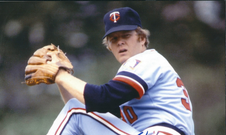
Goltz signed a six-year, $3 million contract with the Los Angeles Dodgers as a free agent after the 1979 season. Free agency was still pretty new at the time, but the Twins lost at least one player each year because Calvin Griffith was cheap. A starting pitcher, Goltz cashed in after a few very good years on the hill for Minnesota, but he tanked in LA.
In his eight seasons with the Twins, Goltz accumulated 24 WAR. But after going west for the millions, he posted a -2.3 WAR in five years for the Dodgers and Angels. The righthander was one of the first free agent busts. By his second year in Dodger blue, manager Tommy Lasorda was using Goltz out of the bullpen. In Game Four of the 1981 World Series he relieved starter Bob Welch in the first inning after his teammate was unable to retire a batter. The Dodgers came back to win that game 8-7, and Goltz won a World Series ring when the team defeated the Yankees in six games.
Goltz was raised in Rothsay, a tiny town in northwest Minnesota which is known for a giant plaster chicken that serves as a tourist attraction. He was a highly-recruited prep athlete, starring in track, basketball, football, and baseball. Goltz was 6’4 and 200 pounds as a 17-year old. He was sort of a Paul Bunyon figure. He became the eighth native Minnesotan to play for the Twins.
Like many pitchers of the 1970s, Goltz was burned out from overuse. When he was 28 years old he started 39 games and completed 19, pitching an unhealthy 303 innings. He and Jim Palmer are the last American League pitchers to throw as many as 300 innings.
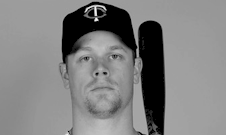
The New York Yankees have had eight different players win a batting title. Already, since joining the NL in 1993, the Colorado Rockies have eight batting champions. Those eight players have won a total of 10 batting titles in the 24 years since the Rockies became a big league club. And there’s likely a lot more to come.
But outside of the Tigers, who’ve had more batting champions and more titles than any other franchise, the Twins have been a batting title factory of sorts since they pulled into the Twin Cities. Tony Oliva won a pair of titles in the mid-1960s, and Rod Carew began his dominance a few years later, snagging seven total in the ten-year stretch from 1969 to 1978. Oliva won again in 1971 and probably would have won two or three more if he’d stayed healthy. He was a remarkable hitter, but more on him later.
Kirby Puckett got his title in 1989, and then Joe Mauer picked up three in a four-year stretch. That gave the Twins 13 batting titles in 45 years, an average of one per 3.5 seasons. In all, only four players have won titles for Minnesota, but all four were great hitters, and could all be in the Hall of Fame. More on that later too.
Morneau won his batting title for the Rockies in his first season in Denver, although he hit “only” .319 that year. He wasn’t helped that much by his home park: he hit .327 at Coors and .309 on the road.
Morneau’s MVP award in 2006 was one of the worst decisions by the voters. There were at least 15 position players who had a better season than him in ’06, and a few pitchers too. But Morneau drove in 130 runs and wore a glove in the field, and voters loved that type of thing back then. Grady Sizemore or Carlos Guillen or Derek Jeter would have been vastly more deserving of the honor.
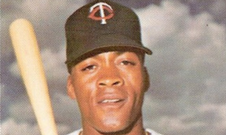

Torii Hunter might be the most popular Twin ever (it’s either him or Kirby). He had that brilliant smile, he was a great player, and he was an even better team leader and teammate. Later in his short stays with Detroit and the Angels, he was instantly adopted as a fan favorite and established himself as a clubhouse leader. He just had that in him.

Famously, there have been two future Hall of Famers who hit a home run in their first major league at-bat. The first was Earl Averill, the second was pitcher Hoyt Wilhelm.
Among players who have hit a homer in their first trip to the plate, Gaetti has the most career home runs, 360.
Gaetti also hit home runs in his first two postseason at-bats, a record unmatched as of 2018. He liked to make a good first impression.
After the 1990 season, one of his worst, Gaetti left the Twins as a free agent. It was an agonizing decision that he later regretted.
“There were a lot of things that went into that decision,” Gaetti said. “It was real hard leaving there. I went through a tough time leaving and then coming back and having to play against the Twins. That was no fun, getting booed out of the stadium, but that’s all part of it. Looking back on it, would I have made the same decision? Probably not.”
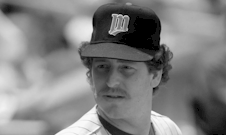
The greatest pitcher to ever sport a handlebar mustache (sorry Rollie).
A few of the lefthanders that had a lesser career than Viola: Billy Pierce, Ron Guidry, Mickey Lolich, Jimmy Key, Vida Blue, Jim Kaat, Kenny Rogers, and Boomer Wells.
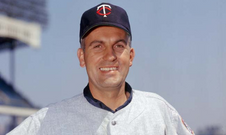
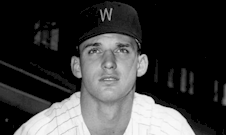
A Kirk Gibson-type player: he was strong and fast, a fearless runner, and a power hitter. Allison was a football and baseball star at the University of Kansas, most likely could have played in the NFL.
In Game Two of the 1965 World Series, Allison made a tremendous backhanded grab of a low sinking line drive in left field. Twins’ fans simply call it “The Catch.”
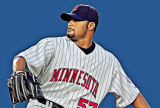
Sandy Koufax-lite. Santana had seven seasons where he made 25 starts or more, and he finished in the top five in Cy Young voting in five of them, winning twice. Three strikeout titles, three ERA titles, a no-hitter. Santana did a lot of the things Koufax did, but not to quite the degree.
Sure, Koufax was better at his very peak, but Santana isn’t far behind in his best seven seasons and he tops Sandy in career WAR. A persuasive Hall of Fame case could made for Santana, but ultimately he doesn’t have the non-statistical achievements or narrative. Had the Twins made a few World Series, that would help his candidacy.
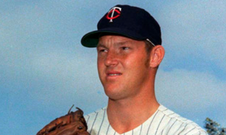
An unusual pitcher with unique skills, Kaat might have been the hardest-working pitcher of his time. After all these years, he still holds the record for most wins by a Minnesota pitcher, with 190, and also pitched the most innings and made the most starts.
When he got to the big leagues, Kaat did not have a strong move to first base. He worked at it and eventually had one of the best pickoff moves anyone had seen. When he was a young prospect Kaat was prone to mental lapses in the field. He worked on it and became one of the best fielding pitchers in history, winning 16 Gold Gloves.
Every year or so, Kaat would arrive in spring camp with a new project: improve his breaking ball, add a new pitch, become a better bunter. Whatever. That constant improvement kept him young, and he pitched 25 years. The last five years of his career he found a new challenge: becoming a lefthanded situational relief pitcher, which he conquered as well.
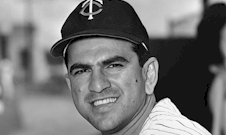
Ted Williams said Pascual had the “most feared curve ball in the American League for 18 years.” Pascual’s curve was a true overhand pitch, dropping from “noon to six” as if off a table.
The Cuban righthander known as “Little Potato” pitched seven years for Washington and six years for the franchise after they moved to Minnesota. Like Santana, he won three straight strikeout titles, most with that frustrating hook.
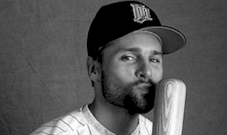
Undersized, never really comfortable in the field, but Knoblauch was a winner. He was a run waiting to score, a team-first guy who helped the Twins to the World Series title in his rookie season and was a starter on four pennant-winners with the Yankees.
In 1996 Knoblauch scored a franchise record 140 runs, had 197 hits, hit .341, and stole 45 bases, but finished 16th in MVP voting. Eight of the fifteen players in front of him were later implicated as having used steroids.
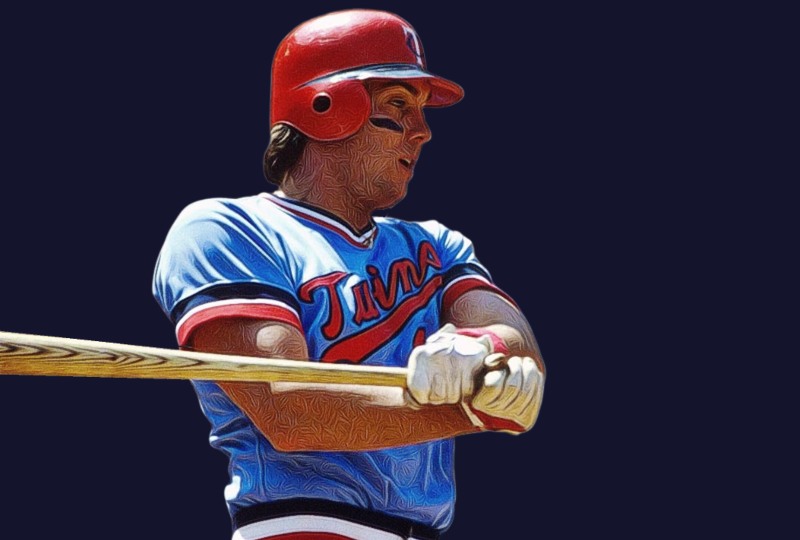
Selected in the 17th round of the 1978 MLB Draft out of Kennedy High School in Bloomington, Minnesota.
Hrbek was one of a group of good ballplayers the Twins drafted and developed in that era. The others included:
“Herbie” was the hometown kid and an immediate star in his rookie season in 1982 when he hit .301 with 23 homers and 92 RBI. He continued to be an All-Star caliber player the rest of the decade but aged out of the league quickly.
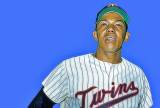
Few players in history could hit a baseball as well as Oliva, who won or challenged for the batting title in nearly every season in which he was healthy.
In his first eight seasons, Oliva finished first, second, or third in the batting race seven times. He won the batting title three times, led the league in hits five times, and in doubles four times.
Chronic knee and back problems hindered his career after his 32nd birthday, but Oliva still hit .304 with more than 1,900 hits in 15 seasons, all with the Twins.
The Twins nearly lost Oliva shortly after they shepherded the young Cuban to the United States. Minnesota brought him up immediately to the big league team in 1962 and he hit well, but the following spring they had a glut of outfielders and released Oliva. With nowhere to go, with no family in the U.S, Oliva followed another Minnesota prospect to North Carolina where the other fellow was going to play minor league ball. Oliva worked out with the team and quickly impressed the manager, who begged the Twins to resign him. They did, and the following season he won Rookie of the Year and the first of two straight batting championships.
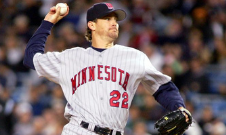
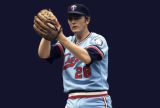
Bert leads all Minnesota pitchers in WAR, strikeouts, complete games, and shutouts, ranks second to Kaat in wins, 190-149. Blyleven rates among the greatest pitchers of all-time.
Blyleven was a master prankster. He probably gave out more hot foots than anyone in baseball history. He was also famous for putting bubble gum on the top of his teammates’ caps.
Like Pascual and Viola, Blyleven had an elite curve ball. He rarely topped 90-91 miles per hour with his fastball, but the important thing with him was the relative difference in velocity between his primary pitches. Blyleven’s curve was a tight, dropping pitch that was about 7-8 miles per hour slower than his fastball. He had great control of the pitch.
He was very durable, and in the year he got his 3,000th strikeout he also led the league in that category. His 60 career shutouts rank ninth and are the most by a pitcher who relied heavily on his curve ball.
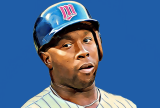
Not a good person (we found out later), but a fun baseball player until an eye injury ended his career.
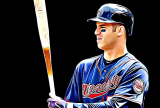
Seems certain to be the fourth Minneapolis/St. Paul native to play for the Minnesota Twins and also be elected to the Hall of Fame. That would place him in a group with Paul Molitor, Jack Morris, and Dave Winfield.
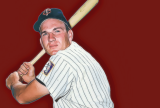
Killebrew’s mother once admonished her husband for letting his kids play on their newly planted grass. Mr. Killebrew replied, “We’re not raising grass, we’re raising boys.”
Killebrew had a distinct home run style: the baseball soared high and deep, seemed to stay in the air forever. At one point he held the record for the longest home run hit in five different American League ballparks.
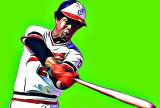
Five facts about Rod Carew:
This feature list was written by Dan Holmes, founder of Baseball Egg. Dan is author of three books on baseball, including Ty Cobb: A Biography, The Great Baseball Argument Settling Book, and more. He previously worked as a writer and digital producer for the National Baseball Hall of Fame, as well as Major League Baseball Advanced Media.
No reproduction of this content is permitted without permission of the copyright holder. Links and shares are welcome.
No posts found!